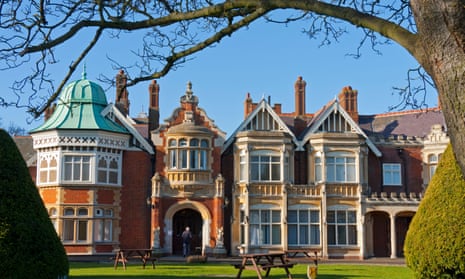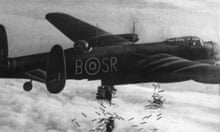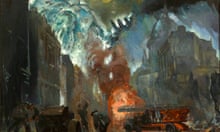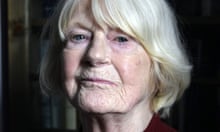They worked day and night during the second world war, deciphering Nazi messages, breaking Enigma codes and analysing top-secret military documents. But until now it was not known just how many of the intrepid female codebreakers who worked at Bletchley Park had studied at the same place, forming a hidden network of scholars who secretly changed the course of history.
The names of the 77 alumnae of Newnham College – a women-only college that is part of Cambridge University – who were recruited to intercept, decrypt and translate military messages during the war have been revealed for the first time in a college exhibit and roll of honour.
It took college researchers five years to piece together clues about the roles and identities of the former students. As well as the 77 women they have unmasked, they suspect as many as 20 other Newnham students and graduates who held apparently innocuous positions during the war were also secretly working for British intelligence.
Many of those honoured for the first time by their alma mater carried the secrets of their war work to their graves. Whenever one of the graduates, Jane Monroe – a mathematician who worked in cryptanalysis in Hut 6 at Bletchley Park, deciphering the coded messages sent on German Enigma machines around the clock – was asked what she did during the war, she would always say: “Oh, I made the tea.”
“The problem we had was, the whole point of Bletchley Park was that you couldn’t find out anything about it. And because they signed the Official Secrets Act, it was ingrained in most of the women not to speak about it,” said Dr Sally Waugh, who researched the hidden lives of the women alongside the Newnham historian Dr Gillian Sutherland, the college archivist Frieda Midgeley and staff at Bletchley Park.
Often, Waugh said, the codebreakers were secretly recruited by “powerful women” in the college who were related to men working for Bletchley Park.
These included the principal, Pernel Strachey, sister of Oliver Strachey, who worked in British military intelligence as a cryptographer. Oliver’s wife, Ray Costelloe, a suffragist who had studied mathematics at Newnham, also helped to find and recruit the 77 women, along with Stuart Milner-Barry, who was in charge of Hut 6 – and happened to be the brother of Alda Milner-Barry, a former vice-principal of Newnham.
On display for the first time will be a letter Midgeley discovered that Pernel Strachey wrote in January 1939 to the Bletchley Park commander Alastair Denniston, who had already started recruiting Oxbridge scientists such as the mathematical genius Alan Turing. The letter confirmed that Strachey would provide him with six modern language linguists “in the event of emergency”.
Denniston turned to a women’s college for these linguists because modern languages were perceived as “a women’s subject” and proficiency was designated a Victorian female accomplishment, Sutherland said. Relatively few men had studied German, Spanish and French, preferring classical languages such as Latin and ancient Greek instead, she said.
German speakers could make educated guesses that would help them crack the Enigma code by searching Nazi messages for language patterns and known phrases such as “Heil Hitler”.
Sutherland said: “Very early cryptanalysis entailed making up codebooks from material you’d gathered. You needed language skills to do that. It’s only when the possibility of breaking codes with a machine emerges that they get interested in the mathematicians as well.”
Another letter, from the National Archives, purportedly lists “suitable men of the professor type” who could be recruited for intelligence work at Bletchley Park. It then casually includes a woman, Fiona Ede, a Newnham college graduate who read maths and modern languages at Cambridge. Her name is listed on the Bletchley Park roll of honour but Waugh said little was known about her contributions during the war and that she had been called a “temporary civil servant”.
Sutherland said: “We learned that ‘temporary clerk, grade II, Foreign Office’ was something to pursue in the records. War records for the women also got muddled between married and maiden names, a well-known phenomenon.”









